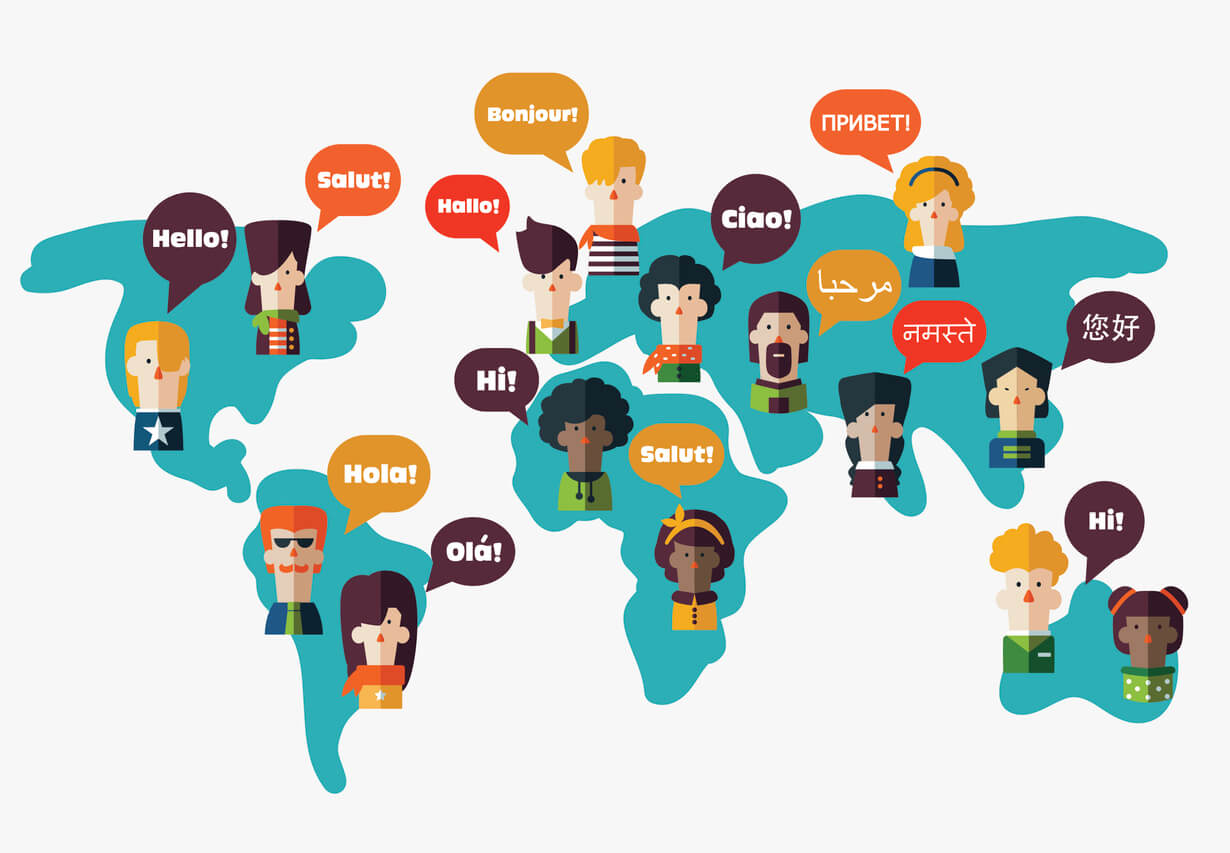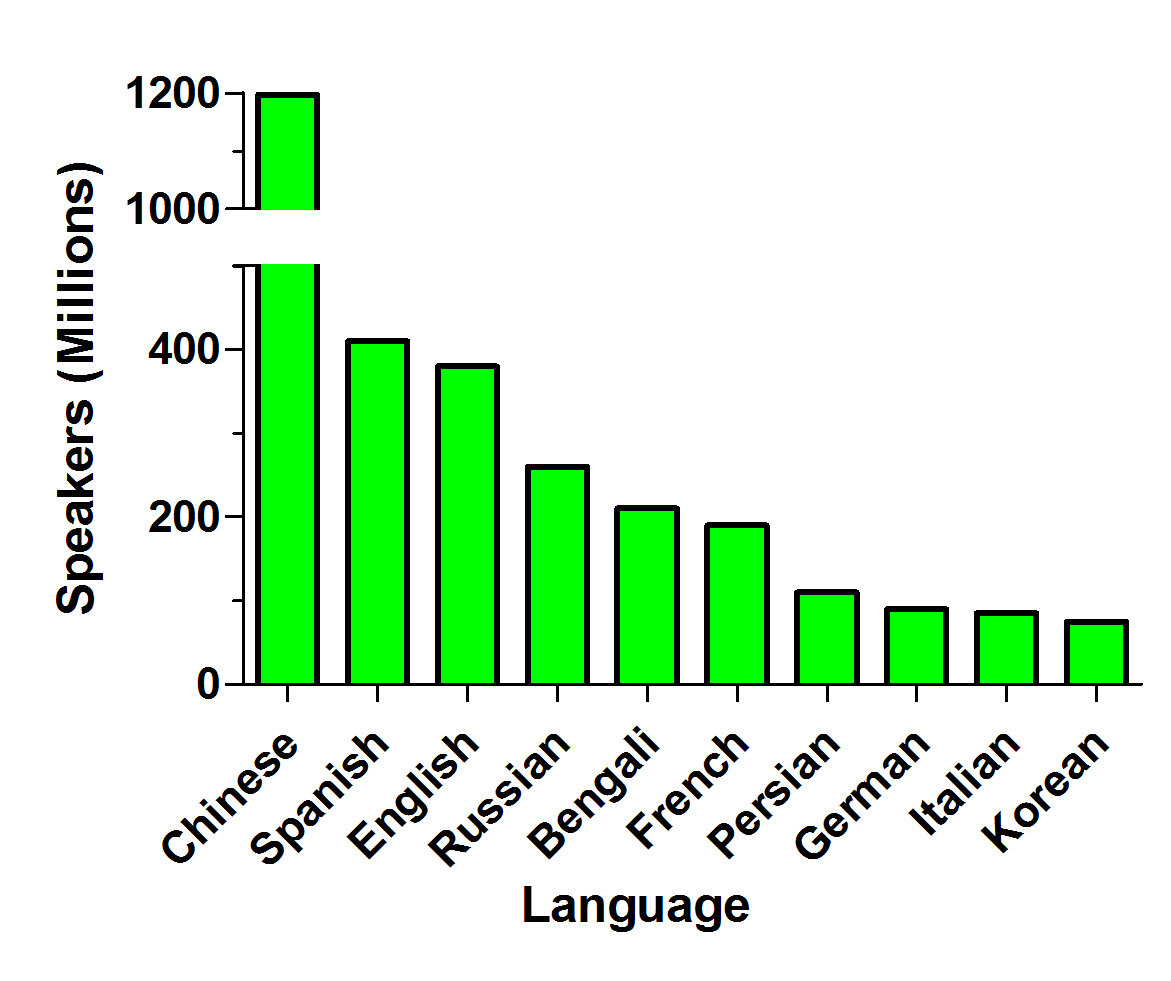Languages are one of the most defining aspects of human civilization. They serve as bridges that connect people, communities, and cultures, enabling the exchange of ideas and emotions. But just how many languages in the world exist today? This question has intrigued linguists, anthropologists, and curious minds for centuries.
In this article, we delve deep into the linguistic diversity of our planet, exploring the total number of languages, their origins, the most spoken ones, and the challenges many languages face today. By the end of this guide, you’ll have a thorough understanding of how many languages exist in the world today and why this diversity matters.
How Many Languages Exist in the World Today?
As of 2023, there are approximately 7,164 living languages spoken across the globe. However, this number is constantly changing. Languages evolve, new dialects emerge, and sadly, many become extinct over time.
Key Statistics
-
Living Languages: 7,164
-
Languages Spoken by Over a Million People: Around 400
-
Endangered Languages: Nearly 40% of the total languages are endangered.
-
Extinct Languages: Over 200 languages have disappeared in the last century.

Geographic Distribution of Languages
Languages by Continent
-
Asia: Home to the largest number of languages, with over 2,300 languages spoken.
-
Africa: A close second, with around 2,100 languages, reflecting its immense cultural diversity.
-
Pacific Islands: More than 1,300 languages, many spoken by small island communities.
-
Americas: Approximately 1,000 languages, including many indigenous languages.
-
Europe: The smallest number, with about 286 languages, due to the dominance of a few major languages.
Most Linguistically Diverse Country
Papua New Guinea holds the record for the most languages spoken within a single country—over 800 languages are used by its population of just 9 million people.
The Origins of Human Languages
Languages have evolved alongside human civilization. The earliest forms of communication were likely gestures and sounds, which gradually developed into structured languages.
Timeline of Language Development
-
50,000 Years Ago: The first spoken languages likely emerged in Africa, the birthplace of modern humans.
-
3,100 BCE: The Sumerians of Mesopotamia created the first written language, marking the beginning of recorded history.
-
1st Century BCE: Latin and Greek became dominant in Europe, influencing many modern languages.
-
19th Century: Efforts to create artificial languages like Esperanto began.
Fun Fact
The oldest continuously spoken language is Tamil, which has been in use for over 2,000 years.
The Most Spoken Languages in the World
While there are thousands of languages, a handful dominate in terms of the number of speakers.
|
Language |
Number of Speakers |
Primary Regions |
|
English |
1.5 billion |
Global |
|
Mandarin Chinese |
1.1 billion |
China, Taiwan |
|
Hindi |
600 million |
India, Nepal |
|
Spanish |
500 million |
Latin America, Spain |
|
Arabic |
400 million |
Middle East, North Africa |
These languages are widely spoken due to their use in education, business, and international communication.
Endangered Languages
Despite the vast number of languages, many are at risk of extinction. Linguists estimate that one language dies every two weeks.
Why Do Languages Become Endangered?
-
Globalization: Major languages like English and Mandarin dominate, sidelining smaller languages.
-
Urbanization: People migrate to cities where local languages are not commonly spoken.
-
Lack of Documentation: Many endangered languages lack written forms or educational materials.
Examples of Endangered Languages
-
Taushiro: Spoken by only one person in Peru.
-
Ainu: Indigenous to Japan, with fewer than 10 fluent speakers.
Preservation Efforts
-
UNESCO’s Endangered Languages Project: Works to document and revitalize dying languages.
-
Community Initiatives: Local efforts to teach endangered languages to younger generations.
-
Technology: Apps and online resources help preserve and promote minority languages.
The Role of Artificial Languages
Artificial or constructed languages are designed for specific purposes, such as fostering international communication or creating fictional worlds.
Examples of Artificial Languages
-
Esperanto: Created in the 19th century as a universal second language.
-
Klingon: Developed for the Star Trek universe.
-
Dothraki: A fictional language from Game of Thrones.
Fascinating Facts About World Languages
-
Longest Alphabet: Khmer (Cambodian) has 74 letters.
-
Shortest Alphabet: Rotokas (spoken in Papua New Guinea) has only 12 letters.
-
Most Complex Grammar: The Tuyuca language, spoken in the Amazon, has over 140 noun classes.
-
Fastest-Growing Language: English continues to grow due to its use in technology and media.
-
Most Translated Document: The Universal Declaration of Human Rights, available in over 500 languages.

Importance of Language Diversity
Languages are more than just tools for communication; they are repositories of culture, history, and identity.
Why Are Preserving Languages Important?
-
Cultural Identity: Languages carry unique traditions, stories, and customs.
-
Knowledge Preservation: Many indigenous languages contain valuable ecological and medicinal knowledge.
-
Human Rights: The right to speak one’s native language is fundamental to cultural expression.
How You Can Help Preserve Languages
-
Learn a second or minority language.
-
Support organizations working to document endangered languages.
-
Encourage schools to teach regional and indigenous languages.
FAQs
1. How many languages in the world are spoken today?
There are approximately 7,164 living languages spoken globally.
2. Which country has the most languages?
Papua New Guinea, with over 800 languages, is the most linguistically diverse country.
3. How many languages are endangered?
Nearly 40% of the world’s languages are endangered, with many on the verge of extinction.
4. What is the oldest known language?
While the oldest written language is Sumerian, Tamil is one of the oldest spoken languages still in use.
5. How many languages might survive in the next century?
If current trends continue, only about 10% of the world’s languages may survive into the next century.





.gif)








.gif)







Sign in
to continue to ilmkidunya.com